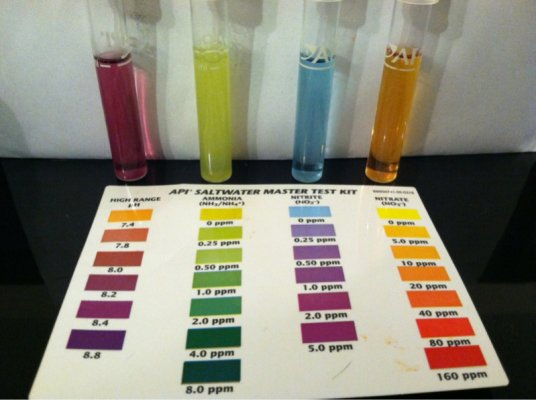JumperAlex
Aquarium Advice Freak
- Joined
- Dec 26, 2012
- Messages
- 228
Today I woke up to my kole tang dead. Just hours before he was swimming around just fine(when my girlfriend left for work) I don't know if this has anything to do with the puffer that may or may not be sick. Everyone else looks okay but then again so did tang before now. My question is, I don't have a QT (dumb I know) but I'm not sure if I should go ahead and remove my puffer. I don't want to lose $300+ in fish.

